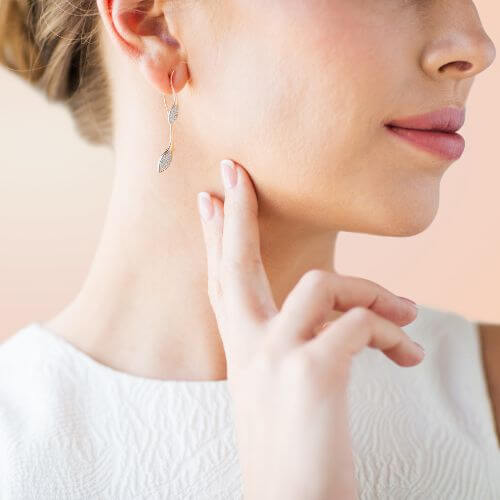
Pearl Color
Pearls have captivated the world with their lustrous beauty and are cherished in jewelry collections globally. Understanding pearl color is essential in appreciating their value and allure.
Basic Component of Pearl Color
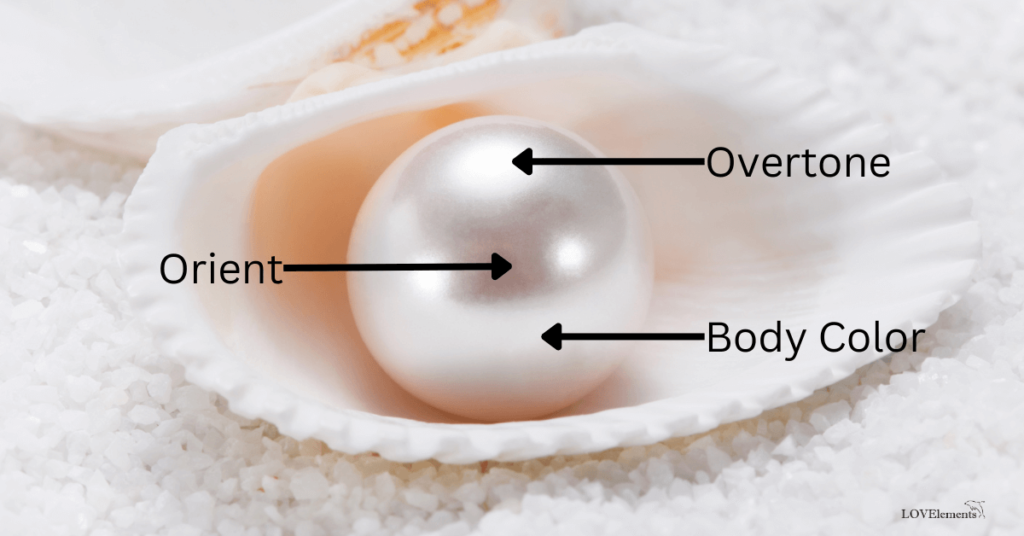
Each pearl’s hue is predominantly determined by combined attributes of body color, overtone, and orient that play a crucial role in a pearl’s appearance, impacting its beauty and the emotion evoked when you wear or gaze upon this precious gem.
The depth and exceptional of this gemstone is enhance by pearl’s complexity and uniqueness that add to its unique beauty.
Body Color
Body color is your pearl’s main color and varies widely among pearls, ranging from classic whites to deep golds or even striking blacks. These hues can be subtly understated or rich and intense, depending on the pearl type and the condition where it’s formed.
- Popular Pearl Color: White, Cream, Yellow, Gold, Pink, Redish Purple, Purplish Red, Red, Orangy Red, Reddish Orange, Orange, Yellowish Orange, Blue, Grey
- Rare or Exotic Pearl Color: Yellowish Green, Green, Blueish Green, Blue Green, Green Blue, Greenish Blue, Blue, Violet, Purple, Orangy Yellow, Yellow, Greenish Yellow, Brown, black, Peacocks
Pearl Overtone
Overtone is the secondary color overlays the body color of a pearl. When light shines on a pearl, the overtone shows as a translucent sheen that shimmers on the surface of the pearl giving an add depth and dimension to the pearl.
- Rose overtones: Gives a soft, romantic color which is often associated with love and femininity.
- Silver overtone: Cool, shimmering color which is often used for modern or sophisticated jewelry designs.
- Cream overtone: Shades of whitish or yellowish cream are known for their soft, warm color that is used in classic jewelry designs.
The overtone of a pearl can greatly affect its overall appearance and add depth and dimension to the pearl.
Pearl Orient
Orient, or the pearl’s iridescent sheen, this is what makes pearls highly desirable. The is unique property creates a mesmerizing play of color through reflection, refraction and scattering light creating an optical phenomenon that makes the pearl shimmer.
Not all pearls have deep orient, only pearls with thick nacre offers exceptional luster, a highly prized for quality when valuing and grading pearls.
Pearl Colors by Types
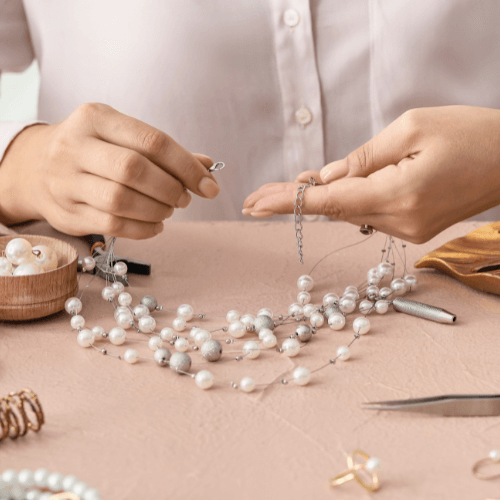
Pearls are renowned for their range of captivating colors, each type offering its unique palette.
Understanding the specific colors associated with different types of pearls can enhance your appreciation and choice of pearl jewelry.
Freshwater Pearls
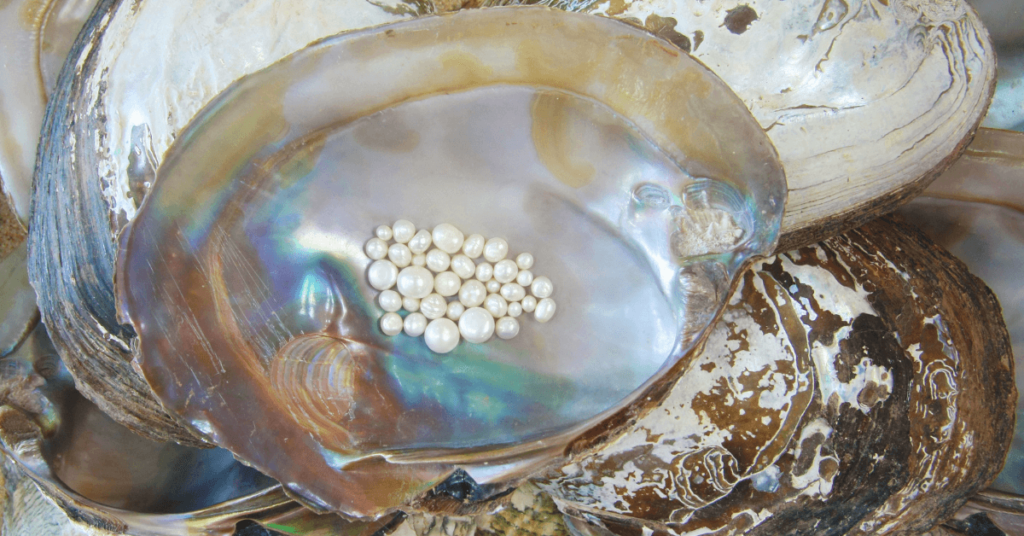
Freshwater pearls boast an impressive array of colors. You’ll find them in classic white, soft pinking hues, delicate rosé, and even lavender. Multiple pearls are often grown in a single mollusk, leading to their affordability and popularity in pearl necklaces.
Colors:
- White
- Pink
- Rosé
- Lavender
Akoya Pearls

Renowned for their classic elegance, Akoya pearls typically present colors ranging from white to cream, with possible overtones of pink or green. These pearls are a quintessential choice for jewelry such as wedding pearl necklaces.
Colors:
- White
- Cream
- Overtone: Pink, Green
South Sea Pearls
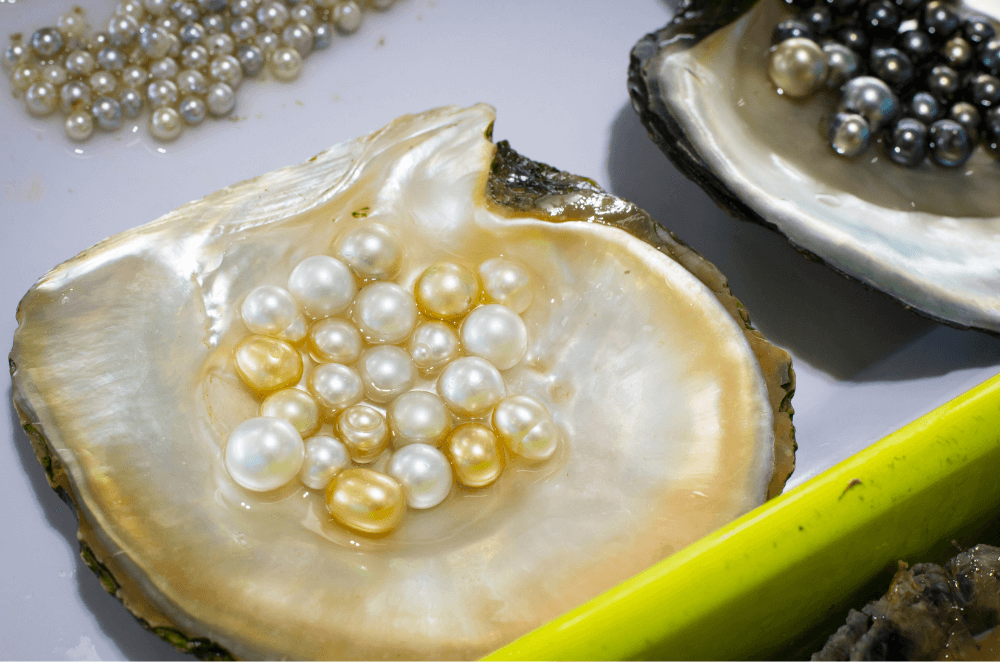
The luxurious South Sea pearls, particularly from the Pinctada maxima oyster, come in golden, champagne, silver, and white. Their large size and thick nacre contribute to their esteemed status in the creation of exquisite pearl necklaces.
Colors:
- White
- Silver
- Golden
- Champagne
Tahitian Pearls
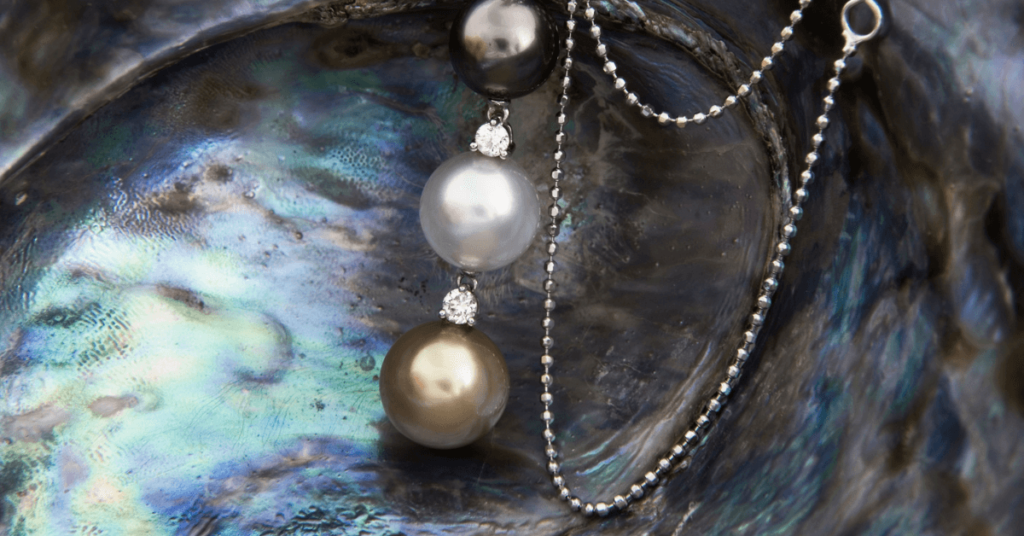
Tahitian pearls, often labeled as “black,” actually display a variety of colors such as gray and brown, and may have green, purple, or peacock overtones. These unique hues make Tahitian pearl necklaces a statement piece with a tropical allure.
Colors:
- Gray
- Brown
- Overtones: Green, Purple, Peacock
Factors that Influence Pearl Colors
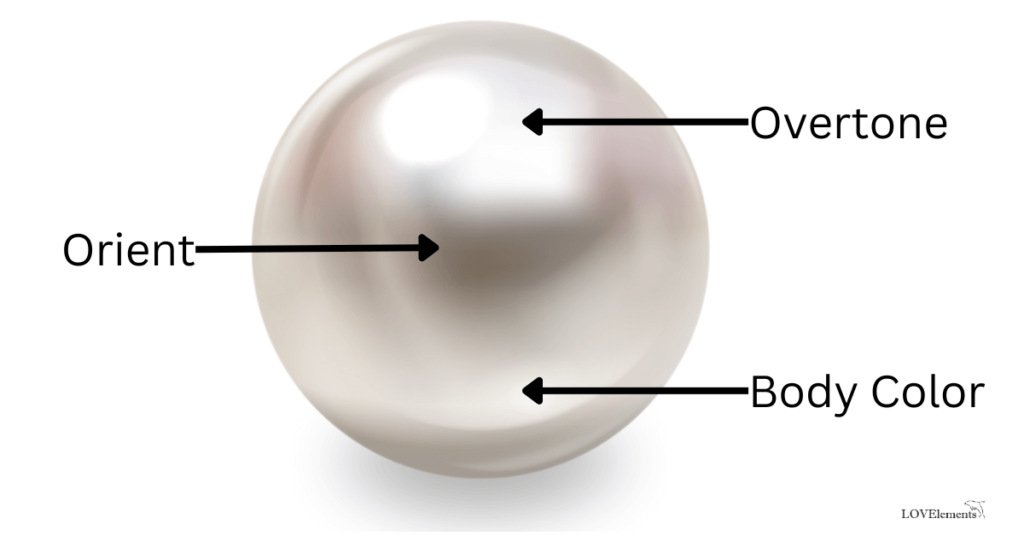
Pearl color is an exquisite feature that can vary greatly and is influenced by several key factors.
Understanding what affects the coloration of these lustrous jewels can enhance your appreciation for their natural beauty.
Type of Mollusk
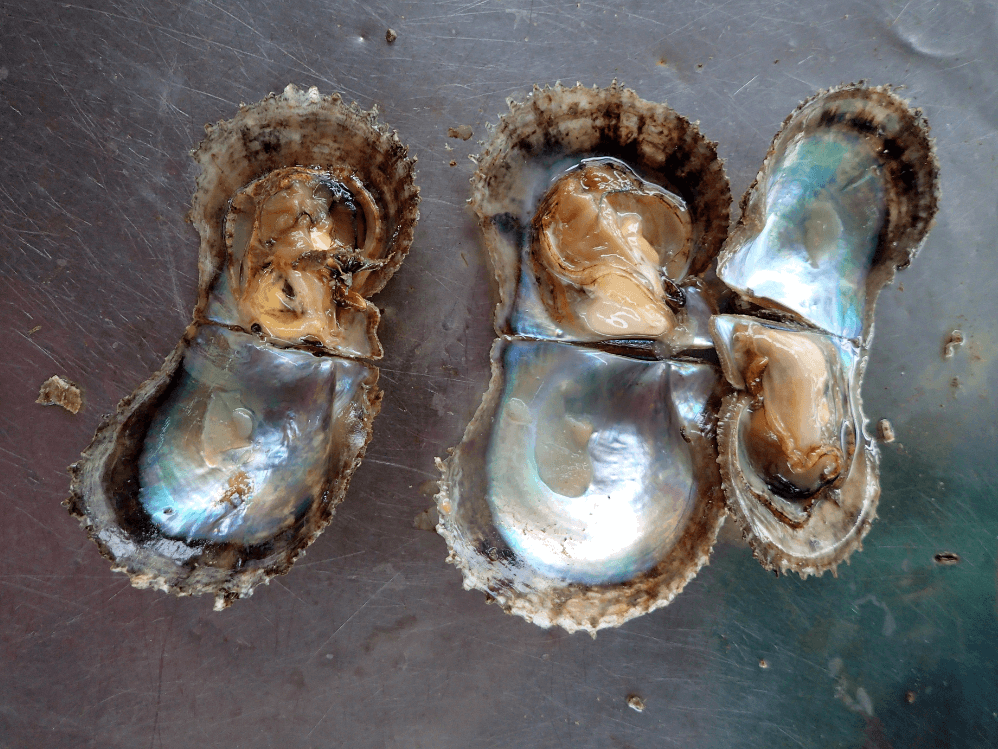
The type of mollusk that creates the pearl is fundamental in determining its color. The lip of the mollusk’s shell contributes to this process, as the pigments in the lip can be reflected in the pearl’s color. For instance:
- Hyriopsis cumingii (triangle sail mussel) and Cristaria plicata (wrinkle comb mussel) are commonly used to culture Freshwater pearls, giving them the white, pink and cream color.
- Pinctada fucata, or the Akoya pearl oyster, is used to culture Akoya pearls, giving the white and pink hue.
- Pinctada margaritifera, or the black-lip oyster, is known for black Tahitian pearls with potential overtones of green, blue, or purple.
- Pinctada maxima, the silver-lipped oyster, creates luxurious white and golden South Sea pearls.
These mollusks bestow unique hues to the pearls they produce, offering a palette as diverse as the mollusks themselves.
Thickness of the Nacre
The nacre thickness is pivotal in a pearl’s color intensity and iridescence. The table below illustrates how nacre thickness affects a pearl’s visual traits:
| Nacre Thickness | Color Intensity | Iridescence |
|---|---|---|
| Thick | Richer, Deeper | High |
| Thin | Milky, Faint | Low |
A thicker nacre enhances the luster and overtones, giving pearls a captivating shimmer.
Human Interference
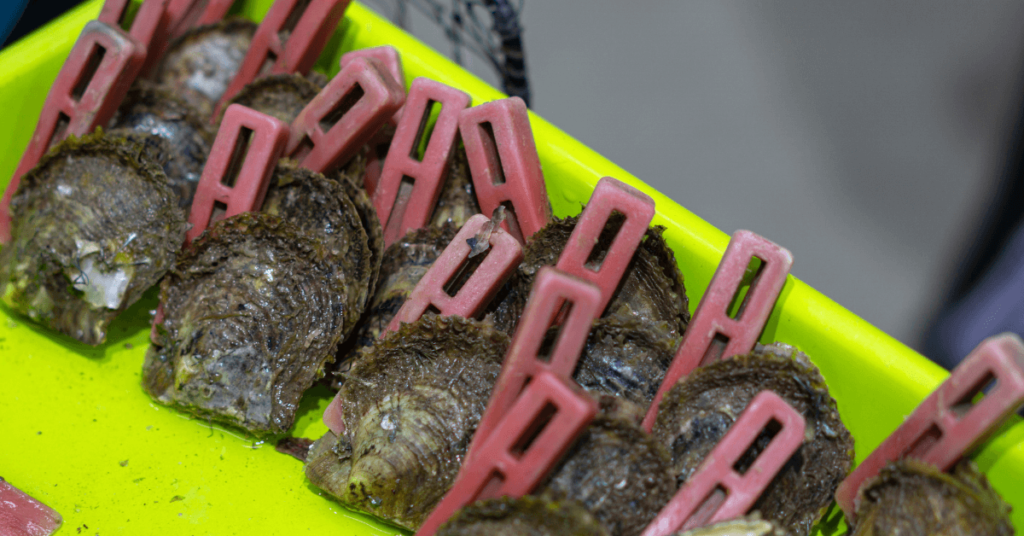
Your pearls may also bear the subtle touch of human craftsmanship. Pearl farmers can influence the resulting color by introducing tissue from another mollusk into the host. Through such methods, they can steer the pearl toward a desired shade, adding a touch of human creativity to nature’s artwork.
Understanding these factors can lead you to choose pearls that resonate with your taste, whether you seek them for jewelry, a symbol of romance, or as a keepsake for a special moment like graduation.
Each pearl, with its purity and lustrous overtones, acts as a guardian of timeless protection and elegance.
Visit our exquisite collection of necklace and take a look for yourself:
